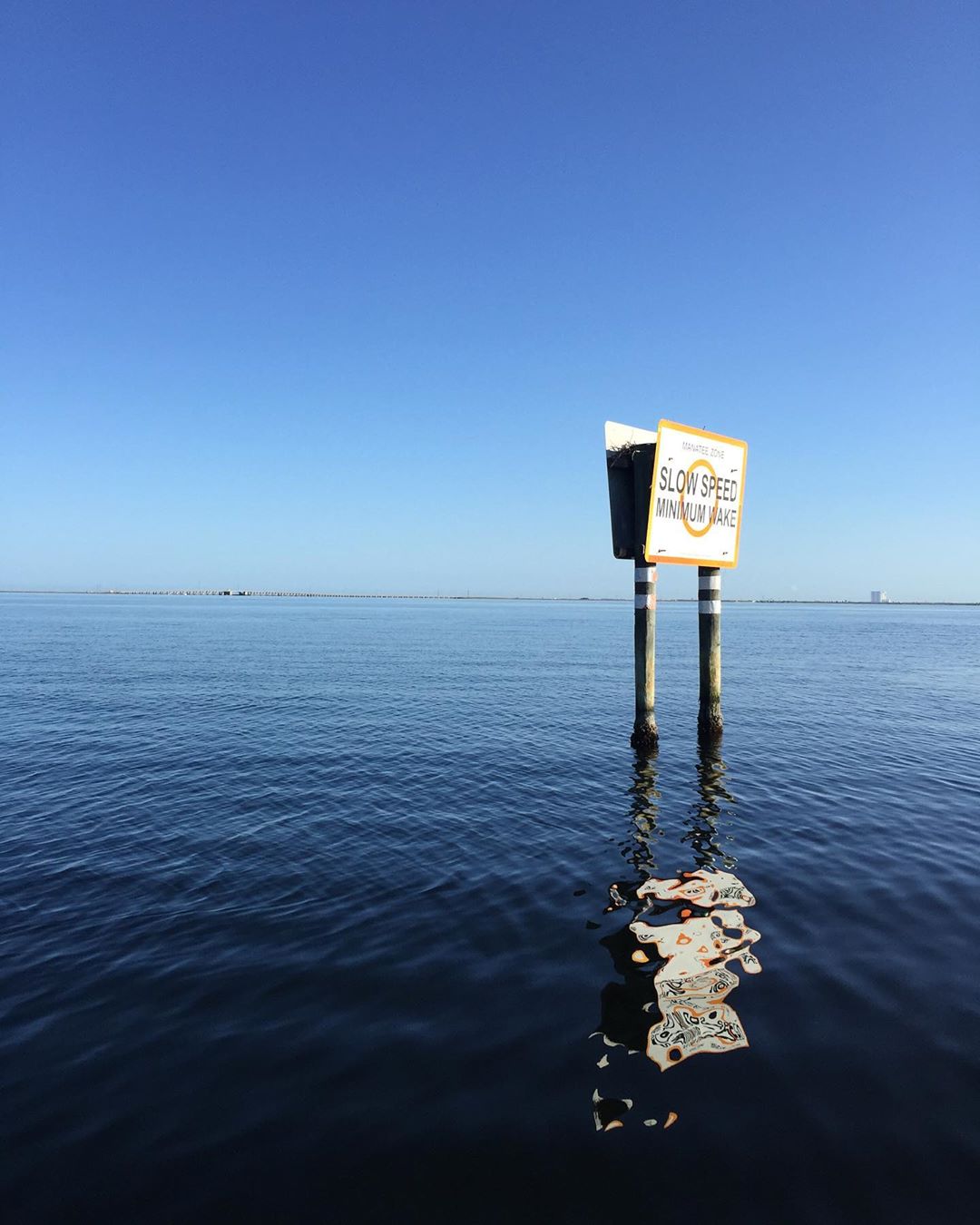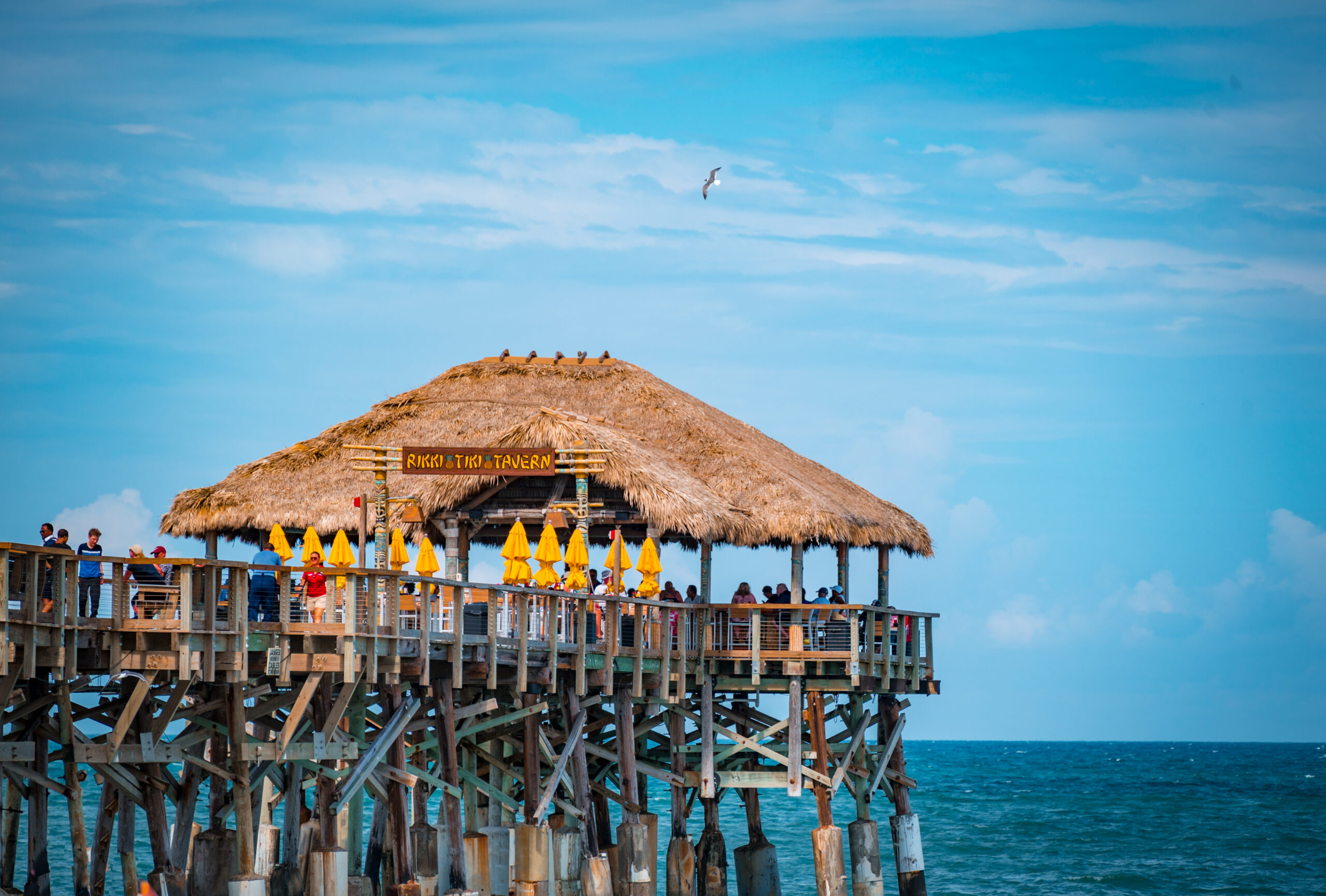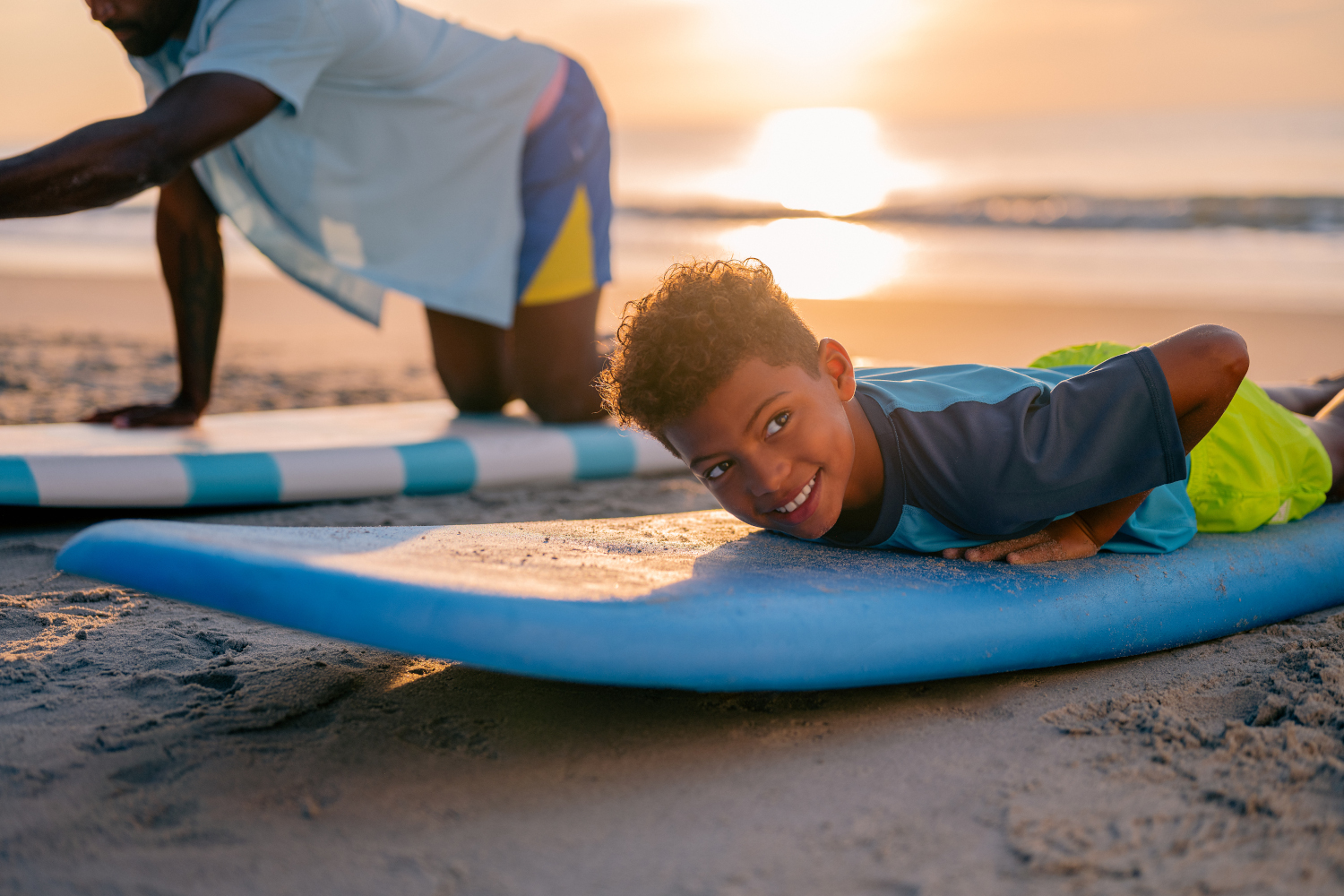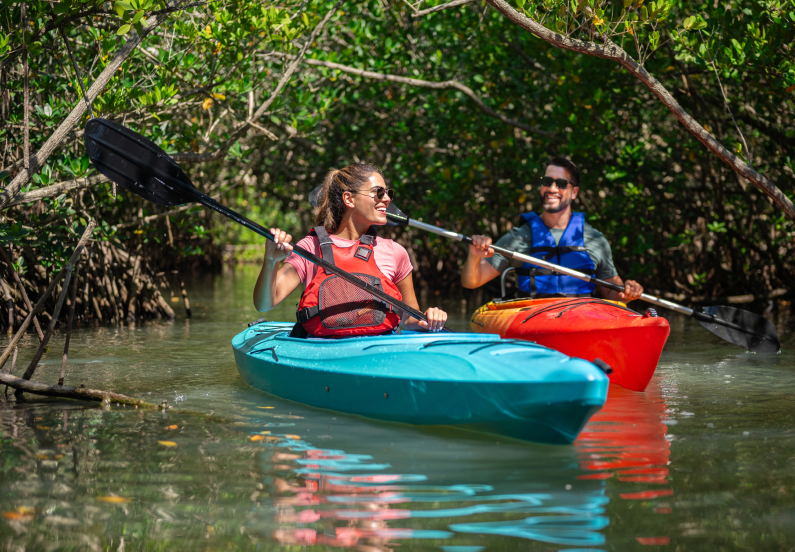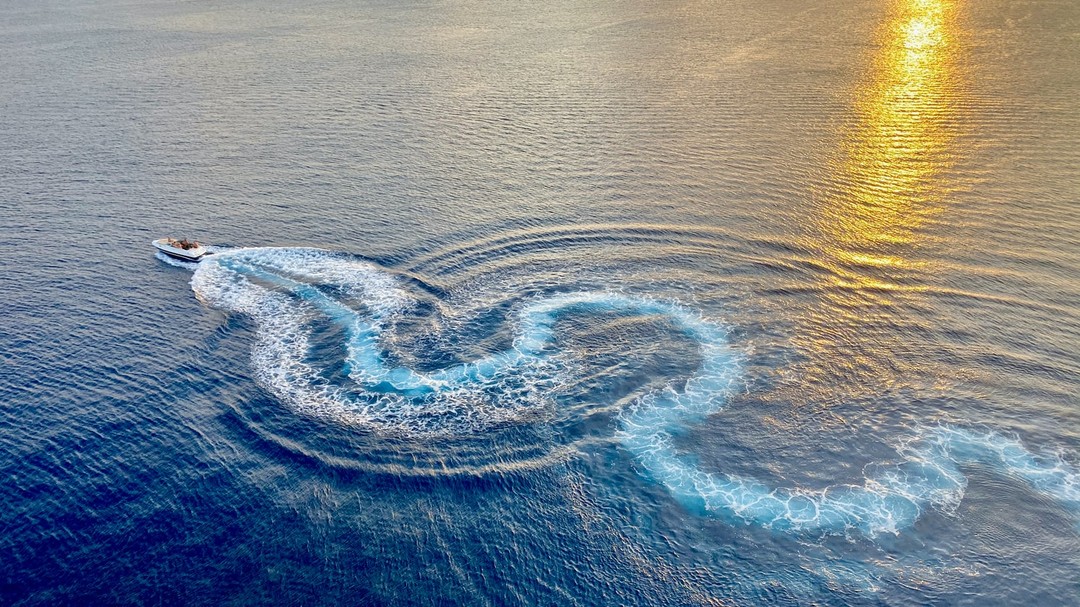Manatees, sea cows, chubby mermaids, whatever you love to call them, when you’re traversing the waterways of the Space Coast, you may just see a few! Once endangered, great progress has been made in their recovery through the combined efforts of concerned individuals, scientists, environmentalists, and several programs designed to restore and protect the health of the Indian River Lagoon. Click on the Manatee Field Guide below for a quick way to learn about these gentle giants and an incredible map of all the spots they like to hang out at!
What to Look For
Manatee Footprints, these seemingly still circles that swirl in the lagoon are the “footprint” of a manatee. When you see them, know there’s a manatee or two nearby.
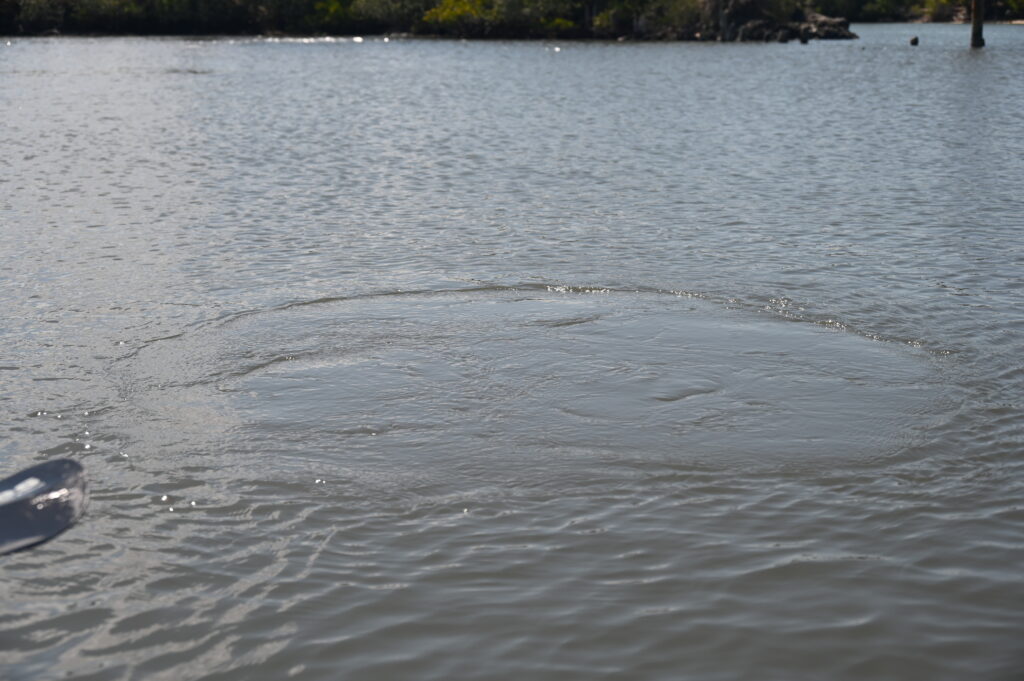
Where to Look
Manatees love eating seagrass, you’ll see them along docks and piers, and in shallow waters munching away. Guided kayak and boat tours will get you as close as possible to their favorite haunts. When you book one, wearing polarized lenses helps you catch a glimpse of them underwater. Places like the Manatee Observation Deck in the Merritt Island National Wildlife Refuge are *mostly* a sure-fire way to see them in their natural habitat. Check the map in the Manatee Field Guide above for other great manatee-spotting sites.
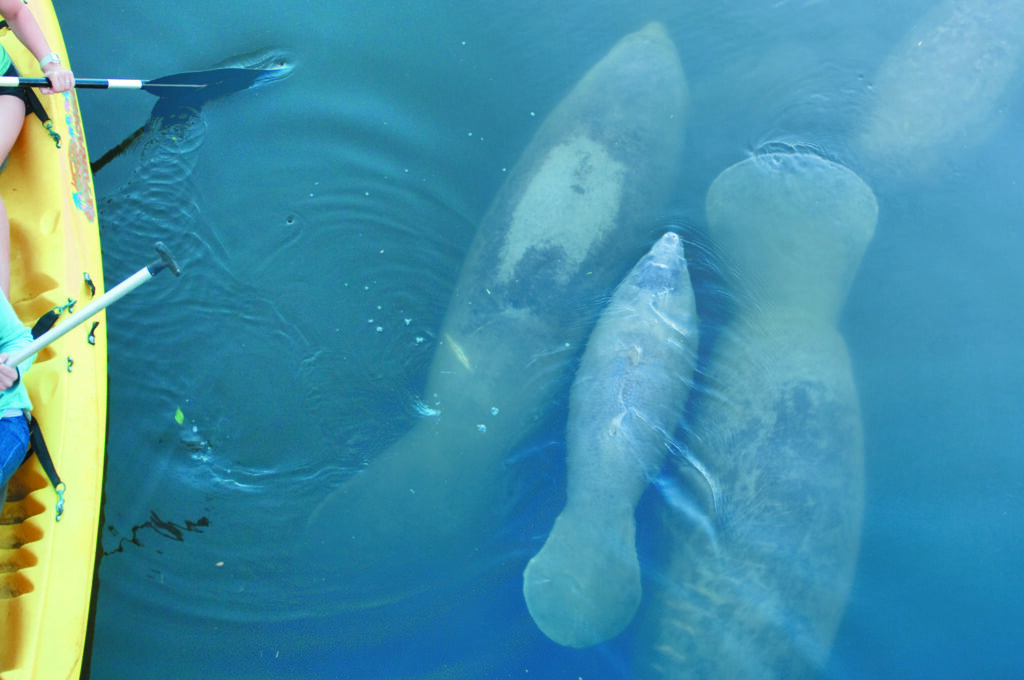
Look but don’t touch
Manatees are endangered animals and touching or bothering them is very illegal. If you’re boating you must observe all Manatee No Wake Zones. FWC officials regularly issue tickets to speeding vessels especially in these protected manatee zones. If you do see an injured or distressed manatee please call FWC at 1-888-404-FWCC.


